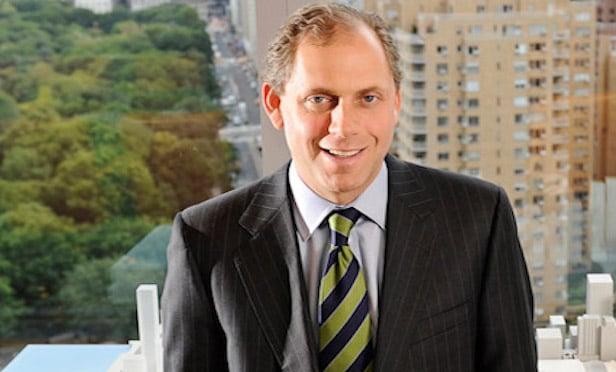WASHINGTON, DC—Friday morning's unemployment numbers were a disappointment by almost any measure. Some 142,000 jobs were created for September, far lower than the monthly average of 198,000 for 2015 and definitely lower than the monthly average job growth of 260,000 in 2014.
Economists surveyed by such publications as the Wall Street Journal, Bloomberg and Reuters predicted new job tallies of 200,000, 201,000 and 203,000 respectively.
In addition, wage growth for the month was flat and the work week hours declined slightly.
Perhaps worst of all, the Bureau of Labor Statistics revised downward initial projections of the last two months. August's job creation numbers were adjusted to 136,000 from 173,000. July's were changed to 223,000, down from 245,000.
It's An Official Job Slowdown
Taken as a whole, I think it is safe to call the last several months a job slowdown -- although as Gad Levanon, managing director, Economic Outlook & Labor Markets of The Conference Board, notes in a prepared statement, we really shouldn't be that surprised given what has been happening with other economic indicators.
"Part of the weakness in the recent slowdown in job growth was a result of the drop in manufacturing employment which is clearly suffering from weak exports growth," he said.
There are a number of conclusions one can immediately draw from the numbers. For starters, the Federal Reserve Bank will be that much more disinclined to raise interest rates at its next policy meeting this month.
Indeed, as Lindsey M. Piegza, chief economist of Stifel, said in her own statement, the Fed is surely heaving a huge sigh of relief that it didn't raise rates last month. October is off the table in terms of a rate increase and probably so is the end of the year, she said.
More worrisome, though, what these numbers say about the general state of the US economy.
The Conference Board's Levanon noted that the slower job growth of the last few months is reflective of the mediocre GDP growth of recent years, "and also suggests that the very low productivity growth during that time is not sustainable."
Piegza thinks when all is said and done the annual growth rate will be sub 2% for the year, well below the average activity level since the end of the Great Recession, and further below the Fed's internal expectations for 2015 growth.
The only bright spot of the report is, as Fannie Mae CEO Doug Duncan pointed out, the addition of 8,000 construction jobs. It was the biggest gain in four months and, in his view, is evidence that the supply side of housing may be making grudging progress.
But it's hardly anything to get excited about. "In her speech last week, the Fed Chair said that most FOMC participants, including herself, believe that a rate hike this year will likely be appropriate," Duncan said.
"The statement was followed by a caveat that this could change 'if the economy surprises us.' We believe that today's jobs report delivered a sufficient surprise to a cautious Fed that could delay the lift-off to next year."
© Touchpoint Markets, All Rights Reserved. Request academic re-use from www.copyright.com. All other uses, submit a request to [email protected]. For more inforrmation visit Asset & Logo Licensing.






